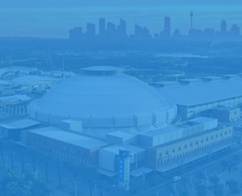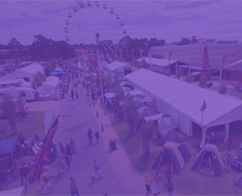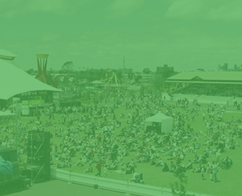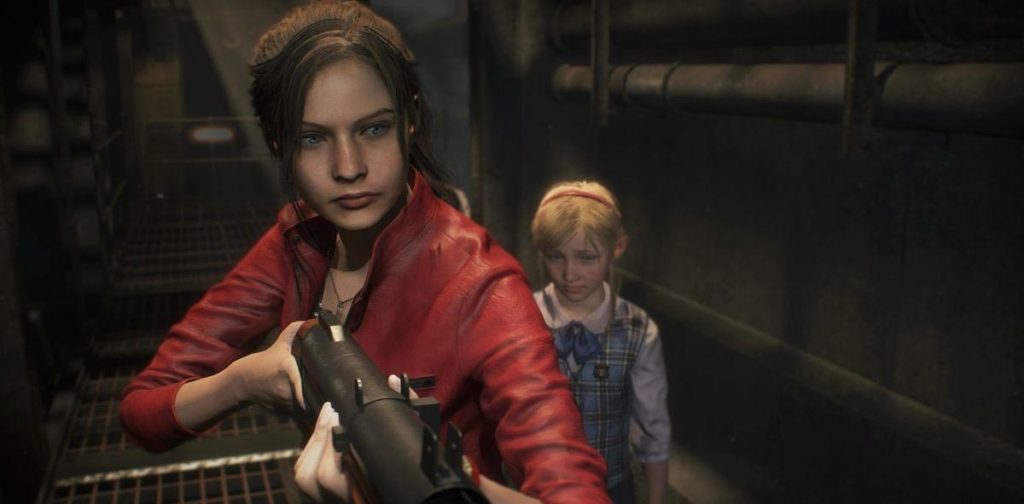
In fiction, there aren’t many themes more timeless than fear. While the world and its cultural attitudes evolve constantly, the things that make us shiver, cower and scream mostly stay the same. Being alone in the dark with the unknown will always terrify us, and that’s why we’ve seen countless adaptations, reimaginings and remakes of the same kinds of literary and cinematic horror stories throughout history.
In comparison, the trend of revitalising video games is a recent phenomenon, spearheaded by Capcom’s excellent remakes of its flagship survival horror series, Resident Evil. 2019 saw the release of Resident Evil 2, and earlier this year, they followed it up with Resident Evil 3. Both titles were reworked from the ground up, giving them detailed makeovers with updated gameplay, a modern graphics engine, and sound design that makes you feel like something horrible is actually chasing you down that dark hallway.
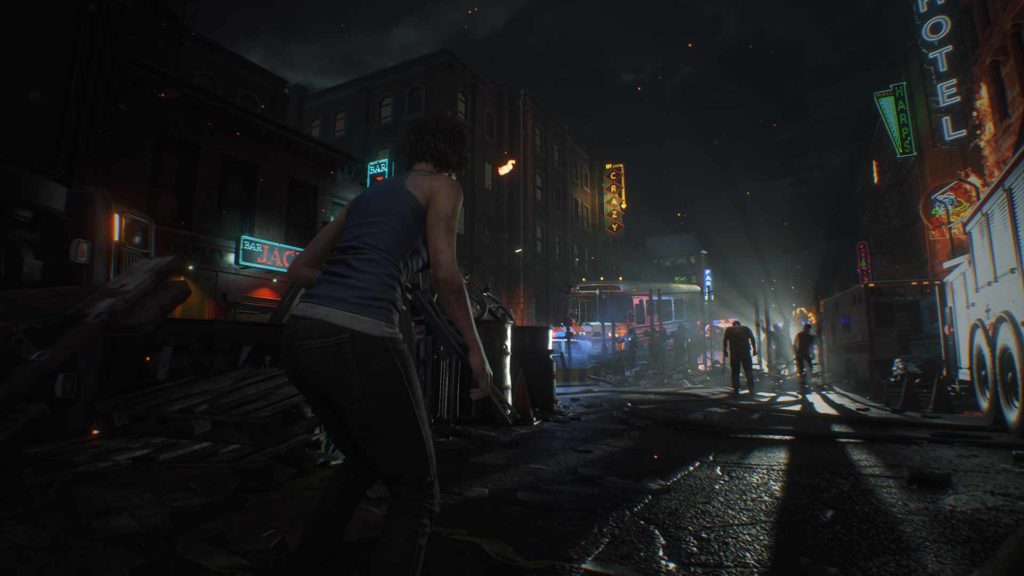
‘Resident Evil 3’ (2020)
Many of these games have loyal fanbases who consider these survival horror properties sacred. Therefore, they’ll only accept faithful recreations of their favourite titles. 2019’s Resident Evil 2 in particular went over extremely well with audiences, receiving accolades from all directions in the gaming press and selling millions of copies. The game managed to capture the atmosphere and distil the gameplay of the original into an experience that pleased the fanbase, while also being welcoming to those who hadn’t played the original.
The success of Capcom’s remakes proves there’s a wide audience for updated virtual terror, provided it’s done properly and to the players’ expectations. And while Resident Evil may be the most recognisable name in survival horror, there’s a vast library of other classic terrifying games that deserve a fresh coat of blood-red paint from their respective developers and publishers. Here’s a few that would truly benefit from an update, allowing old and new audiences to experience them in a fresh way.
SILENT HILL
Let’s get the elephant in the room out of the room. Konami’s Silent Hill is the other juggernaut survival horror franchise, and perhaps the only one to rival Resident Evil in terms of raw sales and audience recognition. While some players may argue that Silent Hill 2 is the best in the series, the 1999 original is by far the most deserving of a remake.
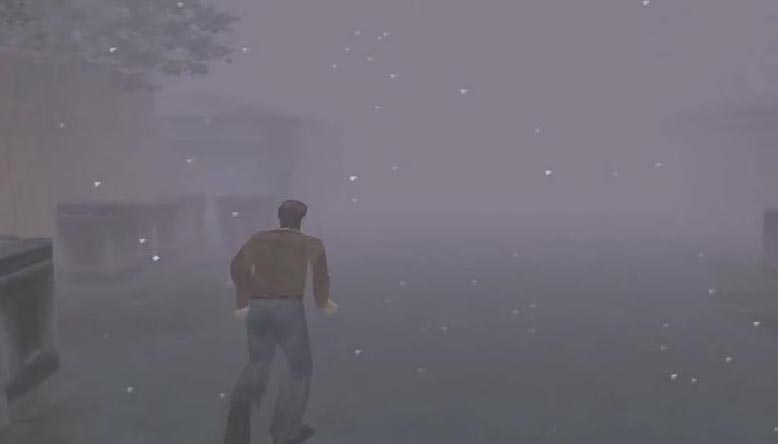 Set in the eponymous town of Silent Hill, players take on the role of Harry Mason. Mason finds himself in the fog-shrouded locale while searching for his lost adopted daughter, whose origins turn out to be much more frightening than he could have ever imagined. The gameplay is classic, pure survival horror, forcing the player to puzzle and fight their way through the misty streets which are packed with creatures straight out of the protagonist’s nightmares.
Set in the eponymous town of Silent Hill, players take on the role of Harry Mason. Mason finds himself in the fog-shrouded locale while searching for his lost adopted daughter, whose origins turn out to be much more frightening than he could have ever imagined. The gameplay is classic, pure survival horror, forcing the player to puzzle and fight their way through the misty streets which are packed with creatures straight out of the protagonist’s nightmares.
The franchise has been dormant since 2015, when Konami announced development on Hideo Kojima’s reboot, Silent Hills, had been cancelled. With rumours of Sony wanting to purchase the property from Konami, what better way for them to introduce new players to the town of Silent Hill than a remake with all the modern bells and whistles? The distinctive visual transitions between the normal and sinister Otherworld, along with the series’ signature oppressive fog provide ample chance to make use of today’s graphical hardware.
FATAL FRAME
 Perhaps the most genuinely frightening game on this list, Fatal Frame (released in Australia as Project Zero) packs the unique gameplay mechanic of the Camera Obscura – a camera which damages, and ultimately captures spirits. Yes, instead of biological horrors or monsters that dwell in the psyche, Fatal Frame is literally haunted by good, old fashioned ghosts. In order to take them on, the player must use the Camera Obscura in a first-person view, and wait until the ghosts shamble close enough to the frame. The closer they are to grabbing you, the more damage your variety of special film rolls will do to them. This creates an almost unbearably tense atmosphere, and is a truly unique way of battling with enemies.
Perhaps the most genuinely frightening game on this list, Fatal Frame (released in Australia as Project Zero) packs the unique gameplay mechanic of the Camera Obscura – a camera which damages, and ultimately captures spirits. Yes, instead of biological horrors or monsters that dwell in the psyche, Fatal Frame is literally haunted by good, old fashioned ghosts. In order to take them on, the player must use the Camera Obscura in a first-person view, and wait until the ghosts shamble close enough to the frame. The closer they are to grabbing you, the more damage your variety of special film rolls will do to them. This creates an almost unbearably tense atmosphere, and is a truly unique way of battling with enemies.
Tecmo’s Fatal Frame series debuted in 2001 on the Playstation 2, and the latest game in the series, Fatal Frame: Maiden of Black Water, arrived on the Wii U in 2014. While the Playstation 2 entries technically hold up better than some other titles on this list, a next-gen remake of the original game has the potential to be something very special. With its creepy ghost lore and unique battle mechanic, Fatal Frame is ripe for a fresh-faced reintroduction to the gaming world, especially considering Nintendo now co-owns the property.
SWEET HOME
Capcom’s 1989 game Sweet Home is many, many things — an RPG, a puzzle game, an adventure, and most importantly, it’s the survival horror game that defined the genre. Traces of its DNA can be found in almost every horror game made in its wake. Long before its descendants, Sweet Home featured now-familiar limited inventory management, a story told via discovered note fragments, hard to find health-restoring items, and even loading screens disguised as doors opening.
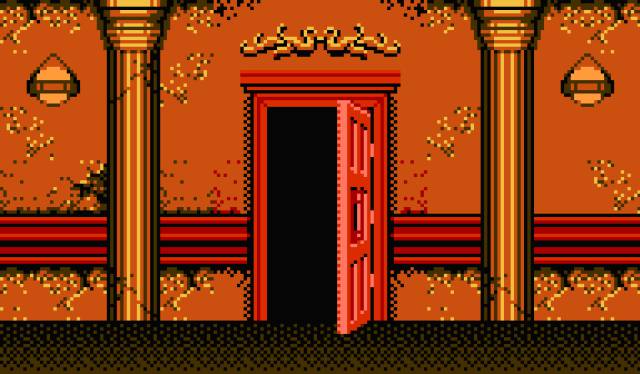 Capcom actually intended the original Resident Evil as a remake of Sweet Home before it veered off into its own territory, but much of its influence has never been shaken by the franchise. Resident Evil VII even went as far as incorporating plot elements from Sweet Home, with a film crew investigating the tragic story of a family who once lived in an abandoned mansion.
Capcom actually intended the original Resident Evil as a remake of Sweet Home before it veered off into its own territory, but much of its influence has never been shaken by the franchise. Resident Evil VII even went as far as incorporating plot elements from Sweet Home, with a film crew investigating the tragic story of a family who once lived in an abandoned mansion.
A modernisation of Sweet Home utilising both a top-down perspective for the overhead sections (like Nintendo’s remake of The Legend of Zelda: Link’s Awakening) and a 3D Legend of Grimrock-style approach for the first-person dungeon crawling would be a rich experience for survival horror fans. It would give them a chance to see where all the tropes and cliches originated. After all, English-speaking audiences have never had the chance to officially play the game since its Japanese-only release over 30 years ago!
PARASITE EVE
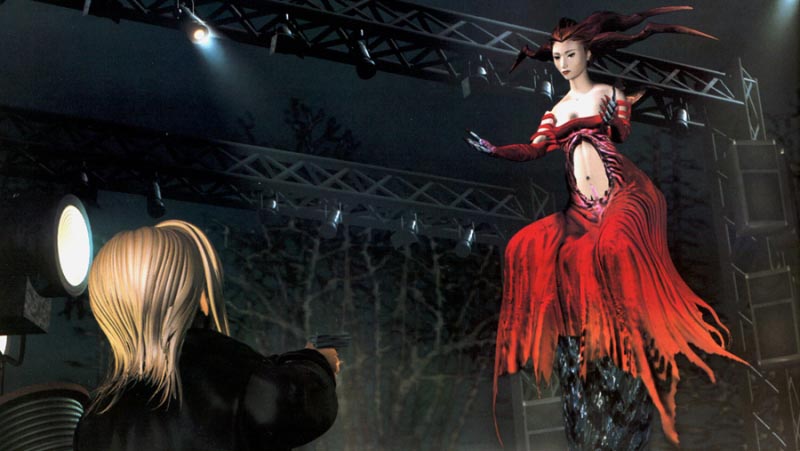 Bearing the influence of Sweet Home, SquareSoft’s Parasite Eve is another survival horror/role-playing hybrid that was released on the Playstation in 1998. With a story that concerns mutated beasts and mass-spontaneous combustion, this unique offering plays like the perfect mix between Final Fantasy and a deeper Resident Evil.
Bearing the influence of Sweet Home, SquareSoft’s Parasite Eve is another survival horror/role-playing hybrid that was released on the Playstation in 1998. With a story that concerns mutated beasts and mass-spontaneous combustion, this unique offering plays like the perfect mix between Final Fantasy and a deeper Resident Evil.
The original release was praised for its beautifully detailed environments and cinematic sequences, providing the framework for a next-gen remake that would make jaws drop. With the success of the Final Fantasy VII remake, it’s clear that SquareSoft is thoroughly knee-deep in the business of reimagining their older properties. What better time to capitalise on the momentum with a remake of Parasite Eve?
ETERNAL DARKNESS: SANITY’S REQUIEM
Published by Nintendo for the Gamecube in 2002, Eternal Darkness represents one of the company’s only personal forays into the survival horror market. It didn’t sell to expectations, which meant Nintendo never went back for another try, which is a shame since Eternal Darkness is one of the more unique survival horror games in the genre’s history.
 While the basic gameplay could be compared to Silent Hill or Resident Evil, it’s the other mechanics that distinguish Nintendo’s game. The story is presented in a non-linear fashion, jumping between characters, time periods, and locations including France, Cambodia, and Ancient Persia. However, the most interesting features of Eternal Darkness are its patented “Sanity Effects”. As the characters become more disturbed, a variety of strange visual effects will be displayed. The screen may tilt slightly, lighting may change, rooms will lead to places they shouldn’t, characters might die out of nowhere, and so on. The most interesting of these tricks would have to be the simulated hardware errors, where the game would pretend to crash, or to change the TV’s inputs, throwing players for a loop.
While the basic gameplay could be compared to Silent Hill or Resident Evil, it’s the other mechanics that distinguish Nintendo’s game. The story is presented in a non-linear fashion, jumping between characters, time periods, and locations including France, Cambodia, and Ancient Persia. However, the most interesting features of Eternal Darkness are its patented “Sanity Effects”. As the characters become more disturbed, a variety of strange visual effects will be displayed. The screen may tilt slightly, lighting may change, rooms will lead to places they shouldn’t, characters might die out of nowhere, and so on. The most interesting of these tricks would have to be the simulated hardware errors, where the game would pretend to crash, or to change the TV’s inputs, throwing players for a loop.
Eternal Darkness started its development on the Nintendo 64, which meant its graphics weren’t exactly cutting edge even when it was released. A potential modernised version, while looking and sounding great, could open all sorts of possibilities if handed to a smart developer. The “Sanity Effects” need to come back in a big way, and what better place for them than the Switch?
CLOCK TOWER
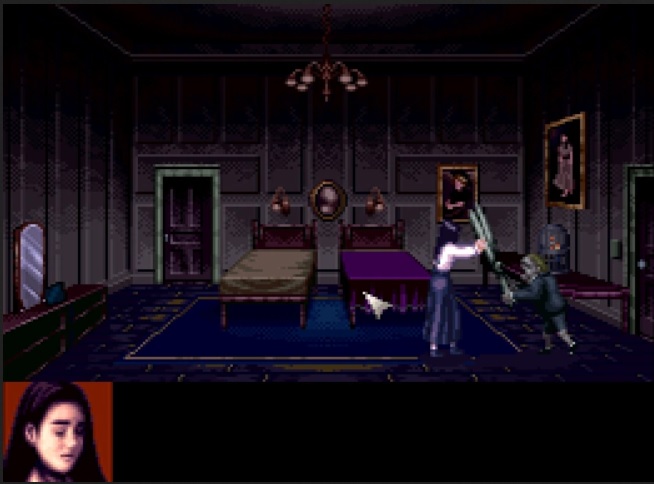 There are four entries in the Clock Tower series, with the first, developed for the Super Famicom, never made available outside Japan. In classic survival horror style, the action of Clock Tower takes place in a mansion, with the player controlling Jennifer, a young orphaned girl who must investigate the home and eventually escape. Jennifer’s threat comes in the form of the aptly-titled “Scissorman”, who stalks her through the mansion as the game progresses.
There are four entries in the Clock Tower series, with the first, developed for the Super Famicom, never made available outside Japan. In classic survival horror style, the action of Clock Tower takes place in a mansion, with the player controlling Jennifer, a young orphaned girl who must investigate the home and eventually escape. Jennifer’s threat comes in the form of the aptly-titled “Scissorman”, who stalks her through the mansion as the game progresses.
Clock Tower distinguishes itself from other survival horror games by being styled as a point and click adventure. While it would be nice to preserve the format, a full 3D remake would be tempting for any developer with the capability. The nature of the Scissorman would provide an excellent opportunity to show off advanced artificial intelligence, stalking the player through a full 3D rendering of the mansion, in a way similar to the alien in Alien: Isolation, or Mr. X in Resident Evil 2. Updated sound design would also play a large part in upping the scares, with the screeching and the snapping of the terrifying scissors coming toward the player in full environmental surround.
What are other survival horror games you would like to see given the Resident Evil-style remake treatment?
Lead image: Resident Evil 2 (2019)



